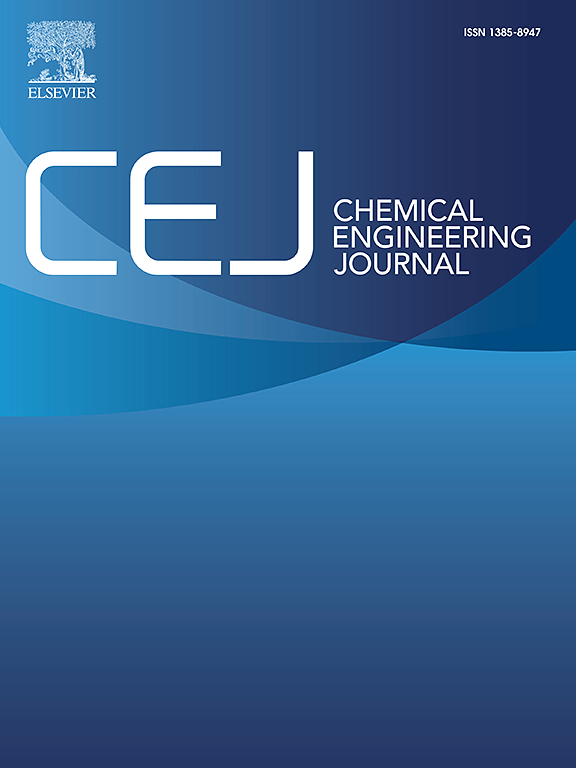A state-of-the-art review on heterogeneous catalysts-mediated activation of peracetic acid for micropollutants degradation: Classification of reaction pathways, mechanisms, influencing factors and DFT calculation
Abstract
Emerging micropollutants (MPs) in water present growing environmental concerns, drawing considerable attention in recent years. Of the numerous advanced oxidation processes (AOPs) for MPs removal, the approach based on peracetic acid (PAA) has especially attracted interest from both the academic and industrial realms. This comprehensive review systematically investigates the activation of PAA for MPs degradation using heterogeneous catalysts. The discussion starts with an overview of the fundamental aspects of PAA, along with the research background and prospects of PAA-AOPs. Subsequently, the generation and detection methods of organic radical (R-O) and non-organic radical (non-R-O
) pathways in heterogeneous catalyst/PAA systems are discussed. Furthermore, the activation mechanisms of metal- and carbon-based catalysts are extensively revealed. After that, the influencing factors that significantly affect the performance of heterogeneous catalyst/PAA systems are proposed. Additionally, the application of density functional theory (DFT) calculation associated with heterogeneous catalyst/PAA systems is summarized. Finally, the current limitations and future research directions of heterogeneous catalyst/PAA systems are taken over. This review strives to enhance the comprehension of the heterogeneous catalyst-activated PAA systems in removal of MPs, while offering innovative perspectives and outlining future research avenues regarding the applications of these systems.


 求助内容:
求助内容: 应助结果提醒方式:
应助结果提醒方式:


